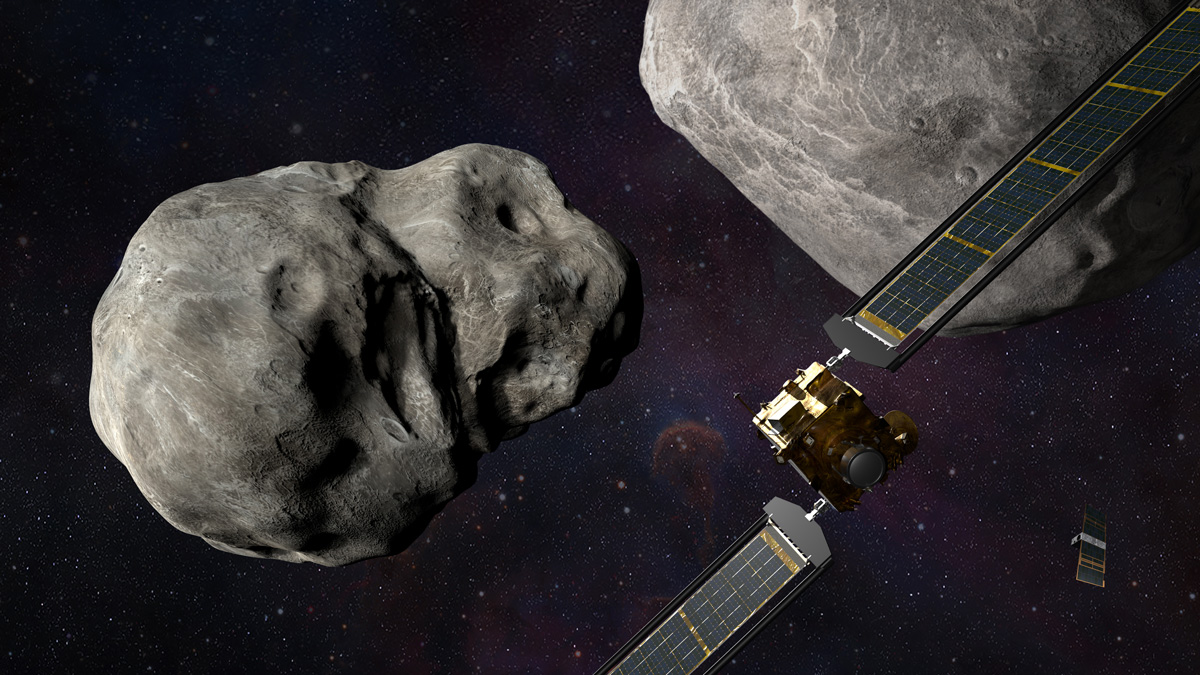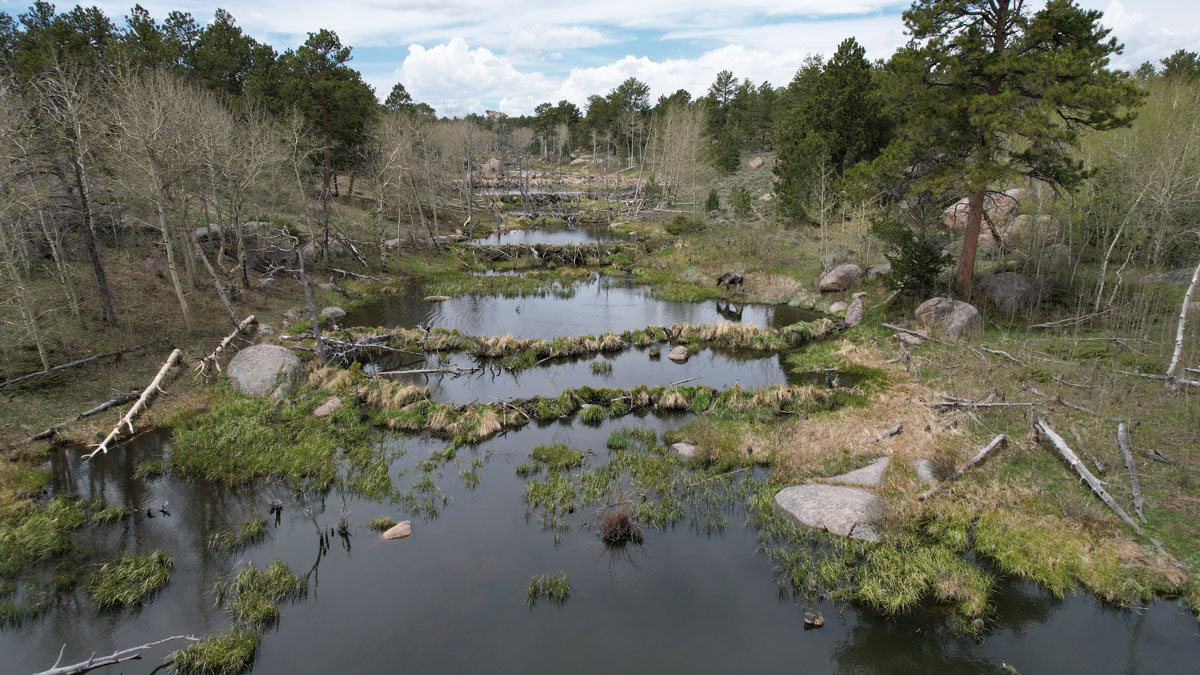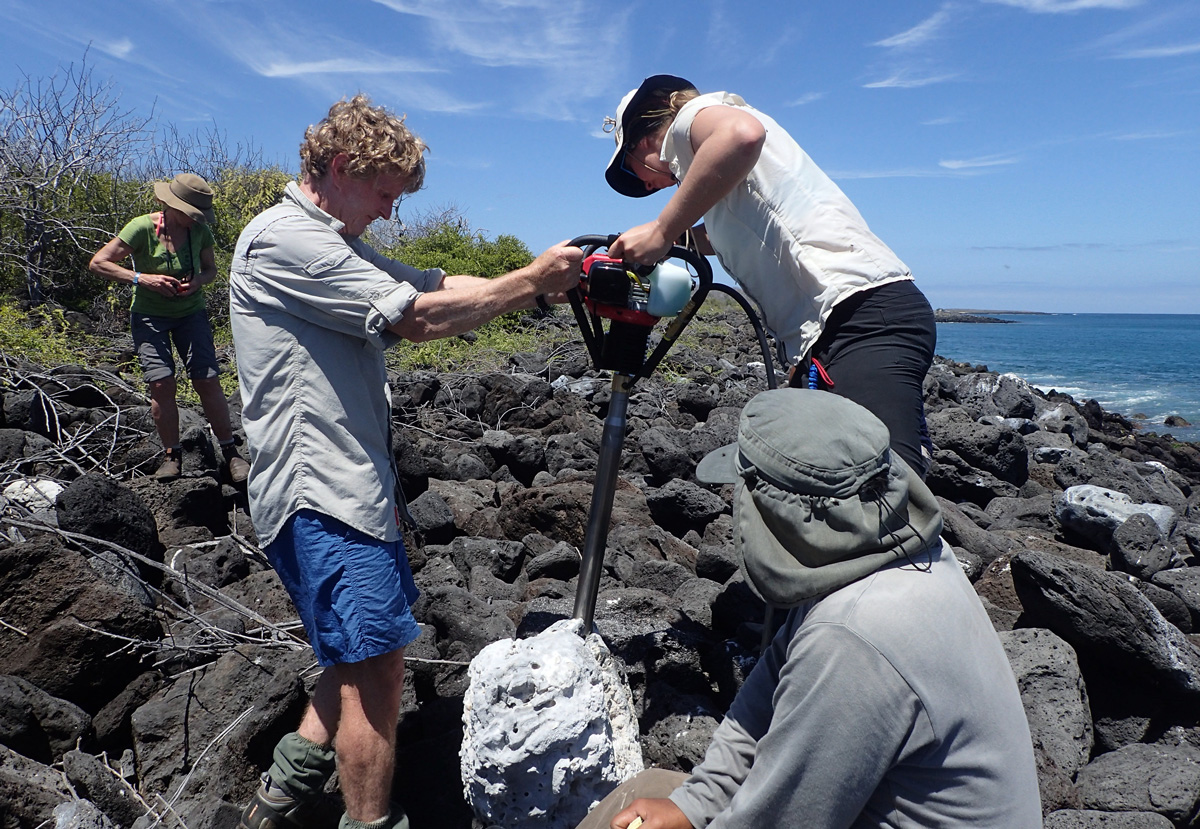A preliminary analysis suggests that the impact of smoke blocking the Sun during 2020’s megafires was minimal for the nation’s solar panels.
#AGU22: Science Leads the Future
NASA’s Double Asteroid Redirection Test Is a Smashing Success
The mission, focused on the Didymos-Dimorphos binary asteroid system, proved that an asteroid’s orbit can be altered by kinetic impactor technology.
Scientists EEAGER-ly Track Beavers Across Western United States
Efficiently tracking nature’s engineers—beavers—at the scale of entire watersheds over time is now possible, thanks to a new artificial intelligence–trained model called EEAGER.
Twenty Years of NSF Funding Show Racial Disparities
White principal investigators won a disproportionate share of National Science Foundation funding between 1996 and 2016, according to an analysis of public data.
El Niño Varies More Intensely Now Than in the Past Millennium
Researchers found evidence for a strengthening El Niño in living and fossilized Galápagos corals.
New Crowdsourced Science Project Will Study Sprites
The NASA-funded project is asking sky gazers, storm chasers, and scientists to capture photos of sprites and other optical phenomena that flash above thunderclouds after a lightning strike.
Social Media Posts Reveal Human Responses to Deadly Tongan Eruption
Quantifying human responses to natural disasters could improve preparation for future threats, scientists say.
Leaves Are Springing Up Earlier Along the Appalachian Trail
Satellite images of lustrous new leaves reveal changes that will have cascading effects on diverse ecosystems in the eastern United States.
Third-Wettest Year in Arctic Wraps Up
The annual Arctic Report Card charts the rise in rain in northern latitudes and serves as a new “vital sign” of the region’s shifting climate.
Mission Could Lasso Amino Acids from the Icy Plumes of Enceladus
If geysers from Saturn’s moon Enceladus contain amino acids, new research shows that a spacecraft could collect them with signatures of possible life preserved.










